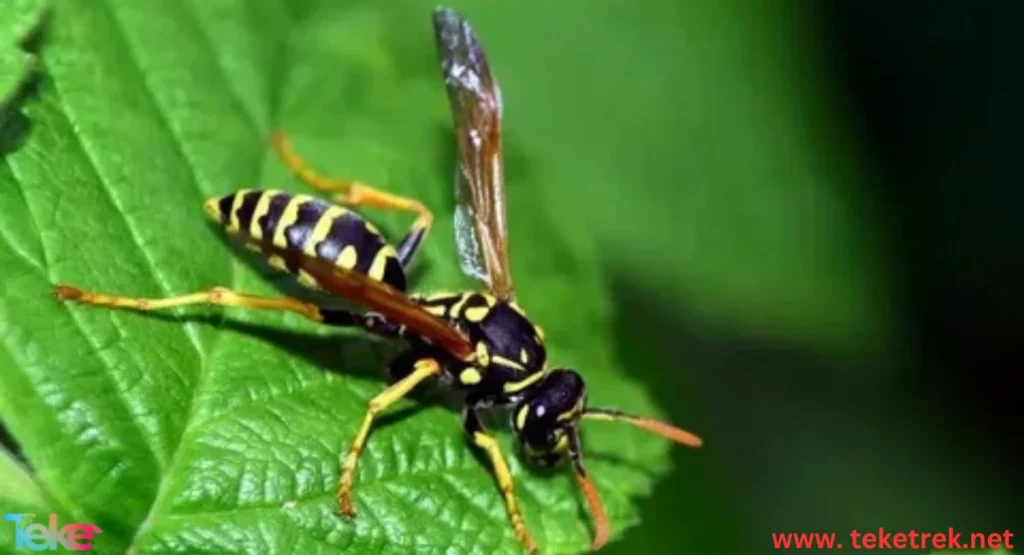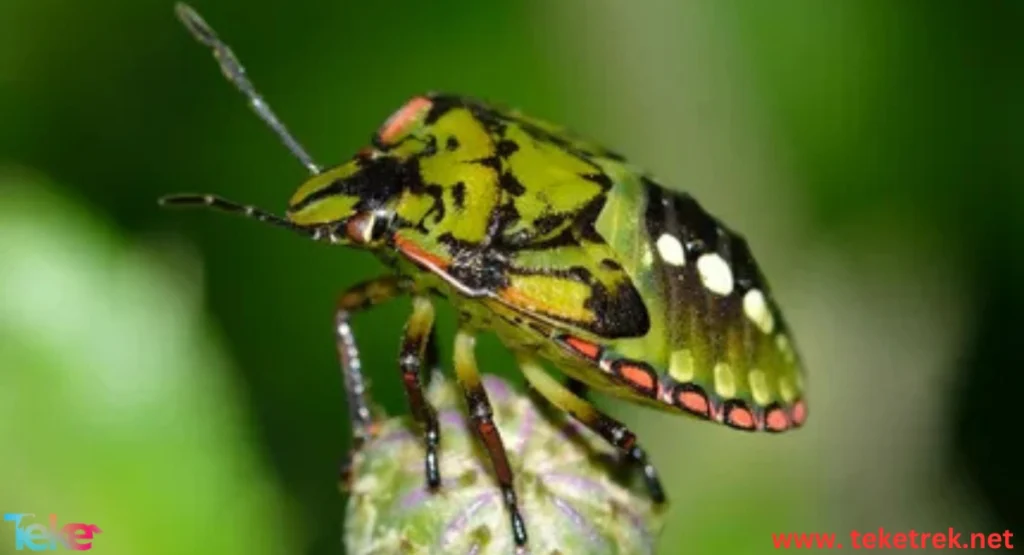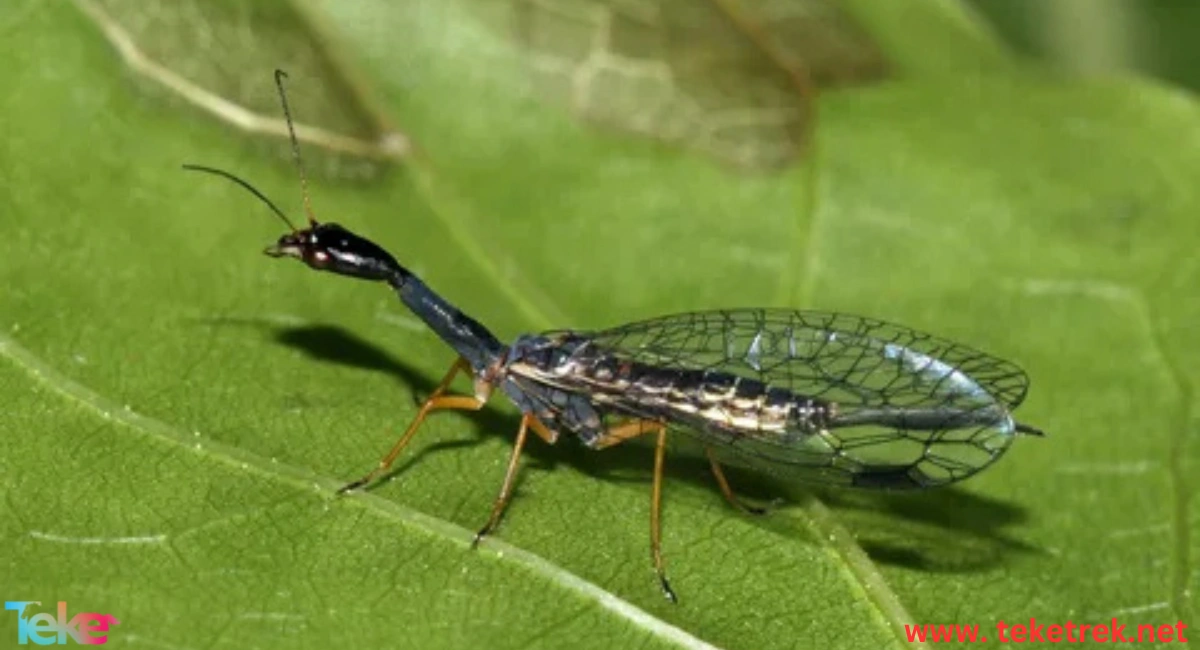Insects are often perceived as frightening creatures by humans, but they are incredibly beneficial for maintaining ecological balance and play a vital role in completing the food chain. They are secondary organisms that feed on plants. Insects belong to the arthropod invertebrate class, which means their bodies are segmented into parts. Insects are found all over the world, and they are classified into groups such as winged insects (which are divided into external-winged insects, internal-winged insects, and wingless insects).
Insects come in various shapes, sizes, and adaptations. They also have an extensive range, with over one million known species, making them more abundant than any other animal group. Their external appearance is distinct, with six legs, a hard exoskeleton, and many species possess wings. Insects reproduce in cycles, and their lifespan is generally short compared to other organisms، Here are the details in this article from teketrek.
What is the meaning of insects?
Insects are a group of small invertebrate animals belonging to the class Insecta. They are characterized by having a segmented body, three main parts (head, thorax, and abdomen), six legs, and usually one or two pairs of wings. Insects are the largest group of animals on Earth, with millions of species identified, making up more than half of all known living organisms. They play crucial roles in ecosystems, including pollination, decomposition, and serving as food for other animals. Some insects can also be harmful to humans due to their venom or ability to spread diseases, while others are beneficial for agriculture and the environment.
The Most Dangerous Venomous Insects
There are many venomous insects that pose a significant risk to humans, including:
- Venomous Scorpions: These are among the most dangerous insects, injecting venom through their tails. Their sting can cause respiratory failure and affect the nervous system.
- Brazilian Spider: Known for being one of the deadliest venomous spiders, its bite can kill a human within minutes.
- Australian Spider: A dangerous species that poses a particular risk to children.
- Venomous Wasps: Their stings have caused many human fatalities.
- African Bees: Their stings have also been responsible for numerous deaths.

Beneficial Insects: How Do They Help the Environment?
Insects offer many benefits to both humans and the environment. They help preserve the environment by feeding on pests, pollinating plants and crops, and cleaning up waste and garbage, which helps reduce the spread of diseases. Some insects are even used in medical treatments for human wounds. Many insects also help extract chemicals used in various medical treatments, such as bees, which aid in the treatment of arthritis, gout, and other diseases.
How Do Insects Reproduce?
Insects reproduce in various ways, but most rely on internal fertilization. Sperm from the male is transferred to the female through a sperm packet or directly through their reproductive organs. After fertilization, insects lay eggs in various locations to protect them from predators, such as in soil cracks or containers. Some insects, like aphids, reproduce without fertilization, while others, like larvae, give birth instead of laying eggs.
The Life Cycle of Butterflies: From Egg to Flight
Butterflies are beautiful insects that go through four stages in their life cycle:
- Egg Stage: The female lays eggs on plants or surfaces, which are usually round, oval, or cylindrical in shape. The eggs incubate for several weeks before hatching.
- Larvae (Caterpillar) Stage: The larvae hatch from the eggs and begin to grow. They can be smooth or hairy, and their colors vary, including shades of white or bright colors.
- Chrysalis (Pupa) Stage: After reaching full size, the caterpillar forms a chrysalis. Many transformations occur during this stage.
- Adult Butterfly Stage: The final stage is when the butterfly emerges from the chrysalis. It then starts flying, feeding, mating, and reproducing before eventually dying.
Why Do Insects Attract to Light?
Insects are drawn to light because it serves as a primary source for them to navigate. They also use light to gather heat and energy. Most insects are active during the day, while some appear at night, using stars and the moon to guide them upward during flight.
How to Get Rid of Household Insects
To get rid of household insects, you can spray insecticides in the corners of the house, clean the floors regularly, and ensure that food is covered, as uncovered food attracts insects. Additionally, it’s important to dispose of garbage regularly, as waste is a major factor in attracting insects.
The Strangest Insects in the World
There are many strange and unique insects on Earth, some of which are transparent or resemble leaves. Here are a few examples:
- Malaysian Leaf Insect: This insect can disguise itself as a leaf, with a green color and a textured appearance.
- Golden Tortoise Beetle: This beetle has a golden shell and can change color when threatened by predators.
- Glasswing Butterfly: This butterfly has transparent wings, making it nearly invisible during flight.
- Giant Stick Insect: This insect is a master of camouflage, appearing as a tree branch.
Bioluminescent Insects: How Do They Produce Light?
Bioluminescent insects are among the most fascinating, producing a green light at night. This phenomenon occurs when a pigment called luciferin reacts with an enzyme in the presence of oxygen and energy. This reaction produces the green light that is emitted from special cells in their bodies.
Poison Dart Frogs: Uncover the Secrets of These Deadly and Dangerous Creatures
Do Insects Hear or See?
Studies have shown that insects can both hear and see. They produce sounds to alert others to potential threats or dangers. Male insects emit specific sounds to attract females, and these sounds are only heard by females that are not fertilized. This suggests that insects can hear. Insects also have vision, as they are attracted to light during the day and, at night, they navigate using the moon, stars, or artificial lights.
The Role of Insects in Pollinating Plants
Insects play a crucial role in pollinating plants. As they move from one place to another, seeds stick to their legs or wings. When they travel to another location, they scatter the seeds, which, if they find a suitable environment, will grow into plants. As a result, most agricultural crops worldwide rely heavily on insects to transport their seeds and facilitate plant growth.

FAQs about Insect
Is a Spider an Insect?
No, spiders are not insects. They belong to the class Arachnida, while insects are in the class Insecta. Spiders have eight legs and two body segments, while insects have six legs and three body segments.
Do Insects Feel Pain?
The question is debated. Insects have a simple nervous system and can respond to harmful stimuli, but there is no conclusive evidence they experience pain like humans. They may have nociception, the ability to sense harmful stimuli, but it doesn’t necessarily mean they feel pain.
Conclusion
In conclusion, insects are vital creatures for the environment and humans. They play an essential role in the food chain and ecological balance. Insects are among the most numerous animals in the world, reproducing quickly and in large numbers. They serve as a food source for many animals, including amphibians and reptiles, and they are crucial for plant growth by transporting seeds, contributing to the development of forests and gardens. There is a wide variety of insects, some of which fly, while others do not, but all of them provide significant benefits to the environment. The world of insects is still being explored, with many discoveries being made.





